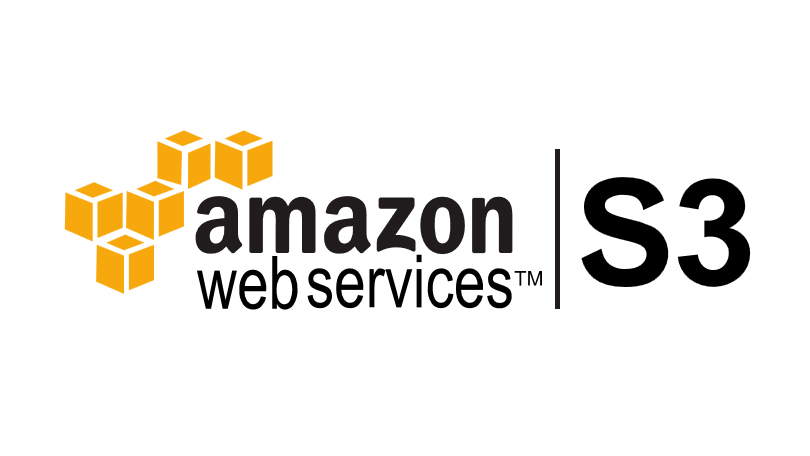
If you’ve been tinkering with Large Language Models (LLMs) and want to move from experimentation to deployment, one of the first questions you’ll face is: where do I host it?
Whether you’re building an AI assistant, running inference APIs for your app, or powering an AI-driven feature on your website — choosing the right hosting platform is key to performance, scalability, and cost control.
Let’s look at 10 solid options for hosting your LLM, from cloud giants to specialized AI hosting providers.
1. AWS (Amazon SageMaker & Bedrock)
AWS remains the heavyweight in cloud-based ML infrastructure. SageMaker and Bedrock make it possible to deploy, tune, and scale large models with minimal ops overhead — if you know your way around AWS.
Why it’s great:
- Scales with your workload.
- Huge variety of GPU instances.
- Tight integration with the rest of AWS.
Considerations:
- Costs can spike quickly.
- Setup and IAM permissions can be complex.
2. Google Cloud (Vertex AI)
Google’s Vertex AI offers an end-to-end ML platform with managed model deployment, training, and monitoring. If your stack already lives on GCP, this is a natural extension.
Why it’s great:
- TPU and GPU support.
- Good MLOps integration.
- Automated scaling.
Considerations:
- Somewhat steep learning curve.
- Cold starts can hurt performance for large models.
3. Microsoft Azure (Azure ML)
Azure ML offers strong DevOps and enterprise integrations, especially for teams already in the Microsoft ecosystem.
Why it’s great:
- Enterprise-ready.
- Integrates with GitHub Actions, Azure DevOps, and Power BI.
- Good documentation.
Considerations:
- Pricing can be opaque.
- Region and GPU availability vary.
4. Hugging Face Inference Endpoints
If you just want to deploy an open-source model and get an API endpoint up and running, Hugging Face makes it ridiculously easy. Their Inference Endpoints handle scaling, versioning, and updates seamlessly.
Why it’s great:
- Fast to deploy.
- Excellent model hub integration.
- Developer-friendly.
Considerations:
- Paid plans required for heavy usage.
- Limited control over the underlying infra.
5. Together AI
Together AI is a newer but fast-growing player offering optimized hosting for open and fine-tuned models. They emphasize performance, transparency, and reproducibility.
Why it’s great:
- Optimized for inference.
- Supports fine-tuning and custom deployments.
- Transparent pricing.
Considerations:
- Still building out enterprise features.
- Check SLAs and uptime guarantees.
6. Replicate
Replicate lets you turn any model into an API with minimal setup — perfect for developers who want to deploy without wrangling Kubernetes or GPUs themselves.
Why it’s great:
- Super simple API-based model hosting.
- Easy for prototypes and production apps.
- Public and private deployment options.
Considerations:
- Latency can vary.
- Not ideal for very large-scale traffic.
7. RunPod
RunPod provides GPU cloud infrastructure optimized for AI workloads. You can deploy your own model container or use prebuilt templates for LLM inference.
Why it’s great:
- Pay-as-you-go GPU instances.
- Strong community and documentation.
- Excellent for DIY and cost-conscious setups.
Considerations:
- You manage the model serving layer.
- No fully managed API layer by default.
8. IONOS AI Model Hub
IONOS has recently entered the AI hosting space with its Managed AI Model Hub — providing a European alternative for developers concerned with data sovereignty.
Why it’s great:
- GDPR-compliant hosting in the EU.
- Managed LLM deployment.
- Good for regulated industries.
Considerations:
- Newer platform; limited model ecosystem.
- Regional GPU capacity may vary.
9. Hostkey
Hostkey specializes in dedicated GPU servers and managed AI deployments. Their LLM Hosting service is tailored for running custom or fine-tuned models at scale.
Why it’s great:
- Bare-metal GPU options.
- Full control over the environment.
- Great for self-hosters and performance enthusiasts.
Considerations:
- Requires hands-on setup.
- Fewer managed features than cloud providers.
10. OpenRouter
OpenRouter is an interesting twist — instead of hosting directly, it routes requests to the best available models across providers. Think of it as an aggregator for inference endpoints.
Why it’s great:
- Access multiple models via one API.
- Transparent pricing.
- Good for experimenting with model quality.
Considerations:
- Depends on upstream hosts.
- Potential routing latency.
For most WordPress developers:
- Hugging Face, Replicate, or Together AI offer the fastest route to production.
- RunPod or Hostkey give more control if you like to tinker.
- AWS, Azure, or Google Cloud make sense if you already operate within those ecosystems.
Final Thoughts
Hosting an LLM isn’t a one-size-fits-all decision. It depends on your performance needs, traffic expectations, and budget. The good news? The ecosystem is maturing fast, and deploying an AI model today is easier than ever.
Whether you go for a managed inference endpoint or spin up your own GPU instance, the key is to start small, monitor usage, and iterate.
For more articles on topics check out Let’s Talk About DevOps.


